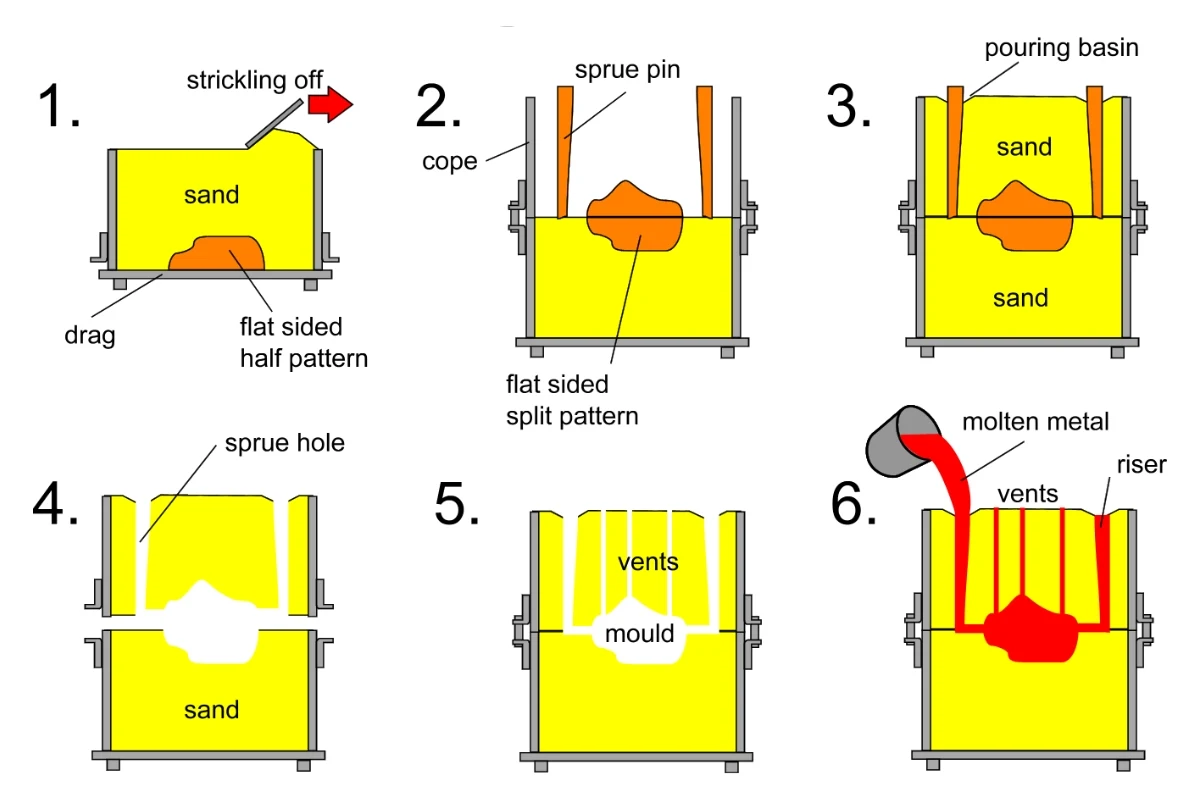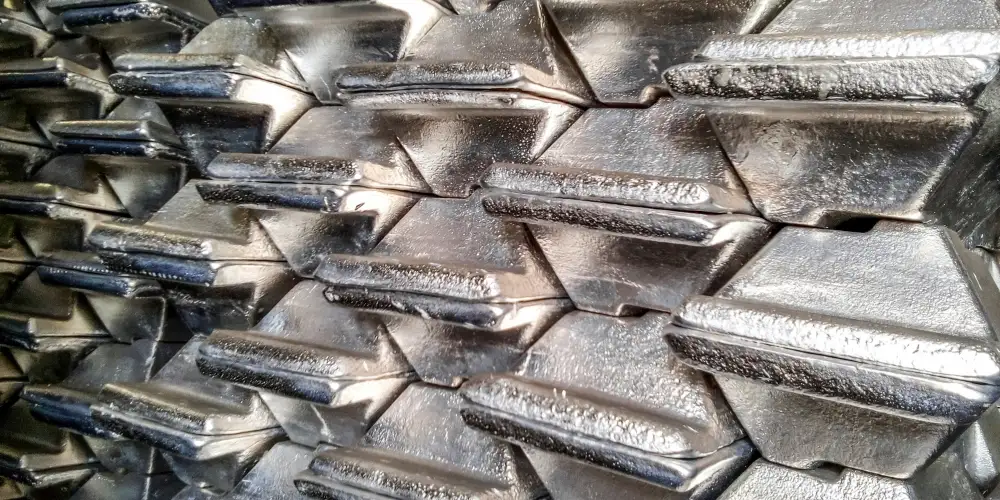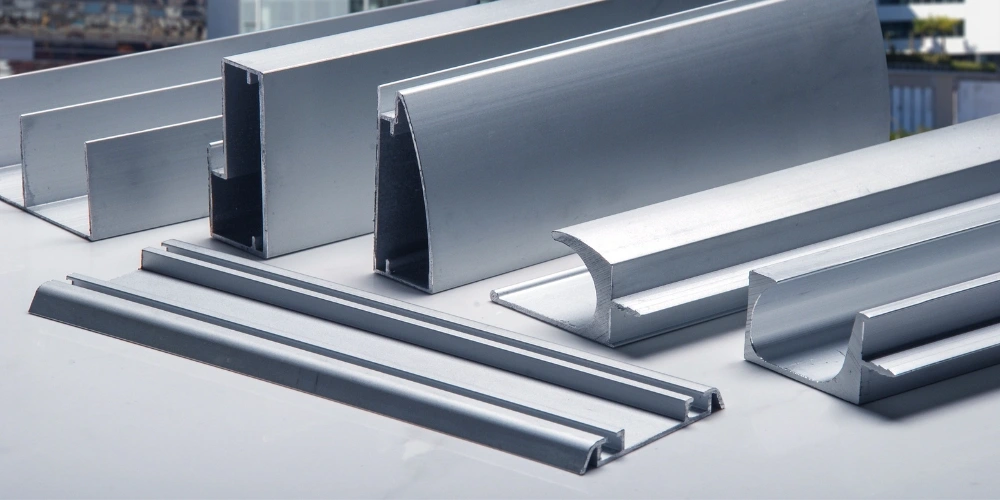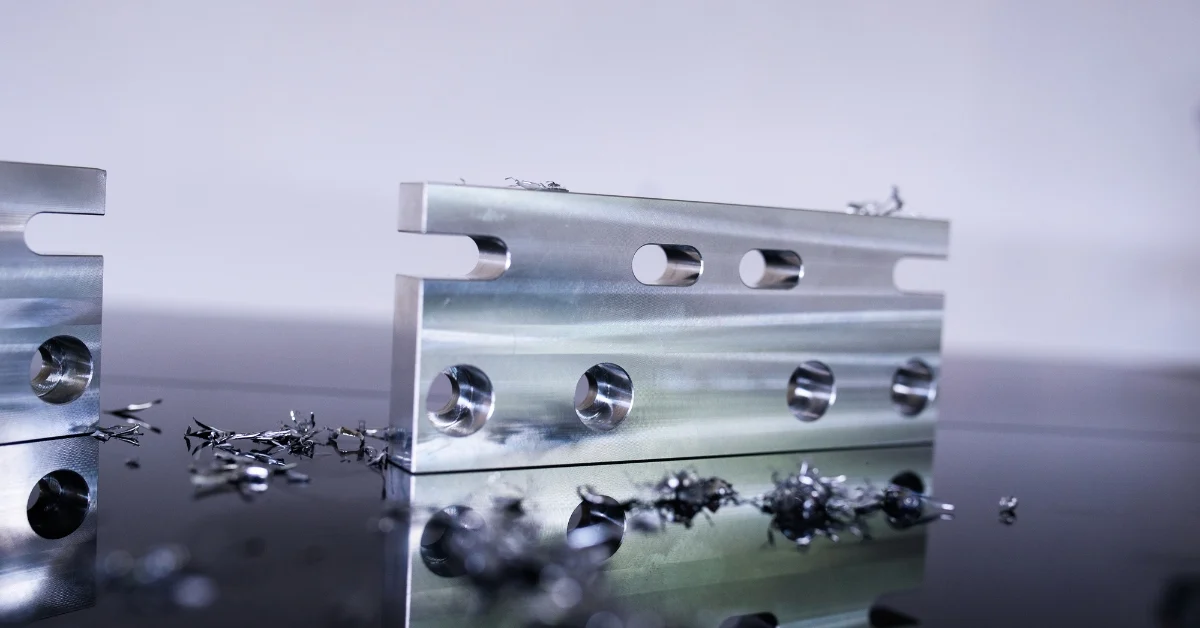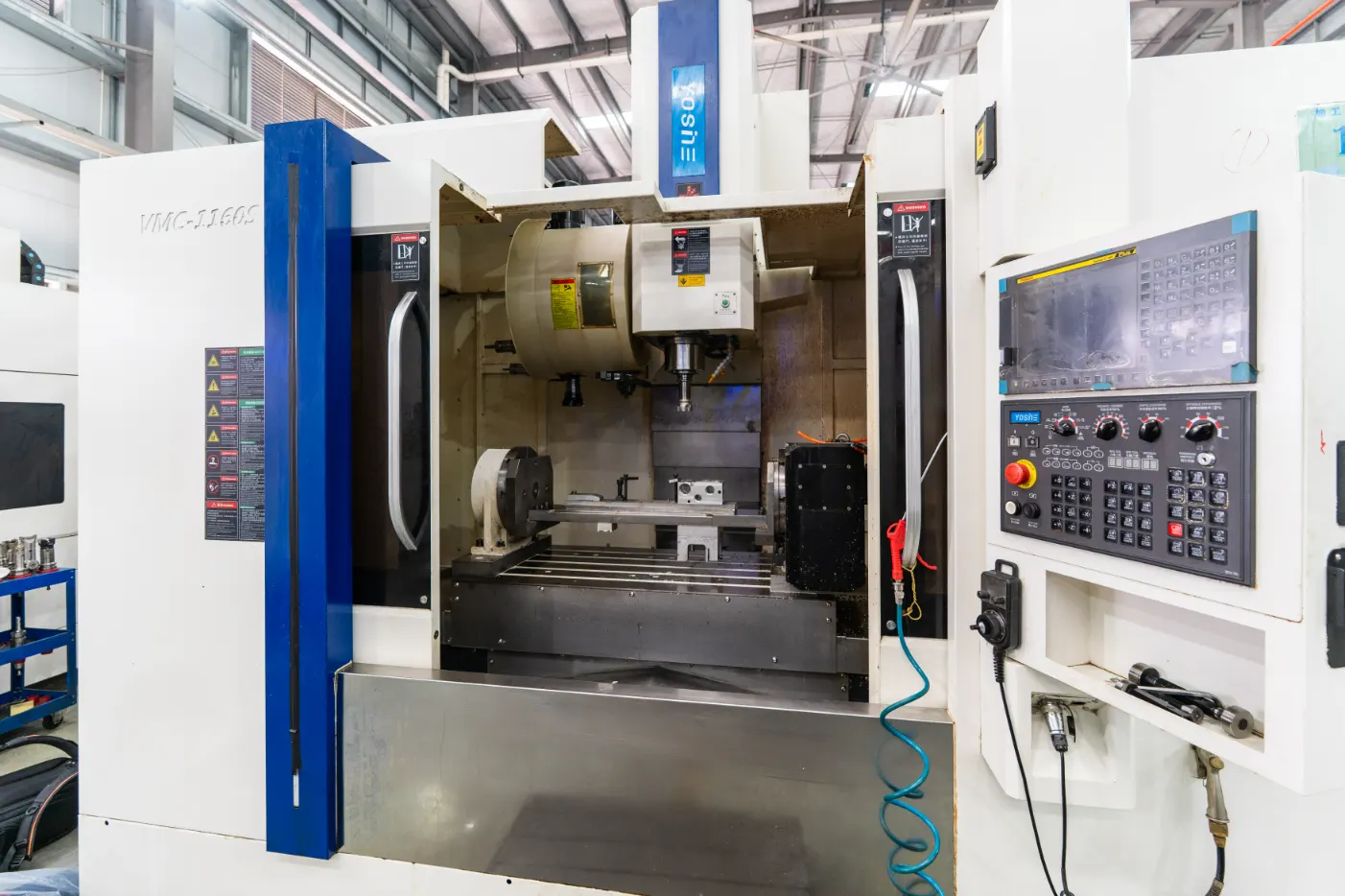Comprehensive Guide to Heat Treatments for Metal Parts
Discover various heat treatment methods for metal parts, including hardening, annealing, tempering, case hardening, normalizing, aging, stress relieving, and vacuum heat treatment. Learn how each technique enhances durability, strength, and performance of metal components in different industries.
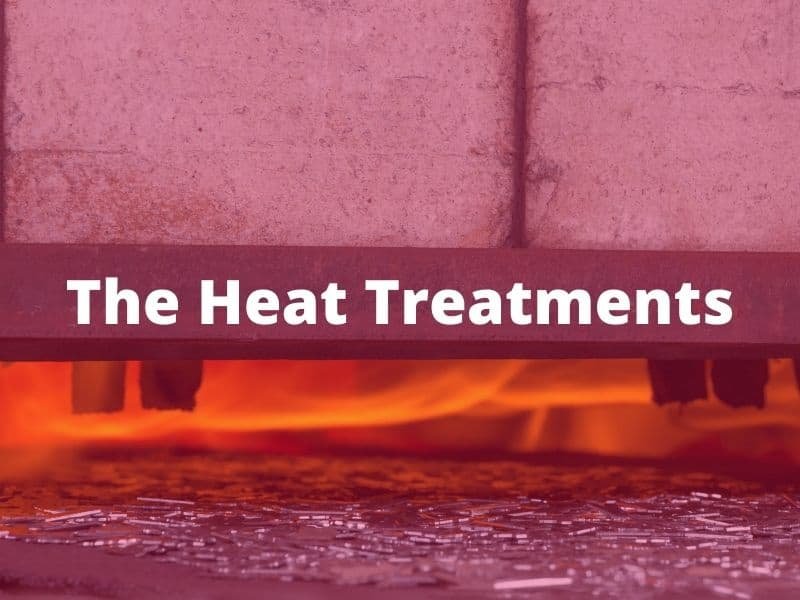
Hardening

It affects the part’s overall durability. It is where the metal is heated and put out quickly once it reaches the demand properties.
Flame Hardening: benefits in gas flames that approach the surface directly to create a solid surface coating.
Induction Hardening: it is used for high-volume productions of poles and equipment. Greater induction number generates shallow toughened surface sheet, while low induction number results in a profoundly strengthened surface sheet.
Electron Beam Hardening: a hardening procedure that applies electrons, it is also accomplished in a vacuum. It is usually used to strengthen an extremely thin surface layer.
Laser Hardening: an activity wherein the laser beam is being applied towards the part’s surface area. It improves the toughness and wears resistance, resulting in the diminishment of abrasive wear.
Annealing
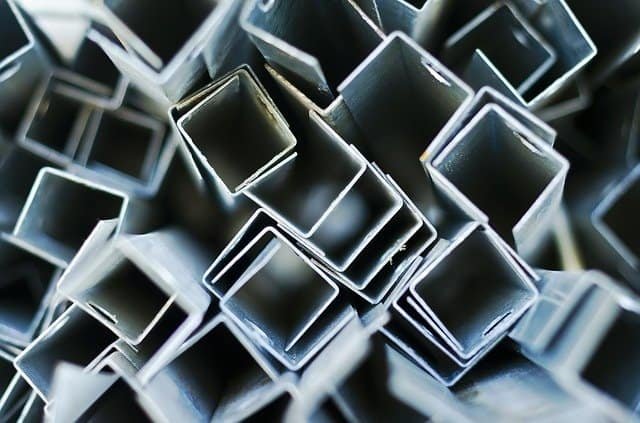
This makes metals effective in any shape by heating them to a high temperature. It boosts ductility and lessens the firmness of the material for it to be more practicable. Annealing has 3 stages, those are:
Recrystallization Stage: warming up a material exceeding its recrystallization temperature, but lower than its melting phase.
Grain Growth Stage: making the material cool at a particular degree, causing new grains to establish.
Recovery Stage: a heating gadget is being used to increase the temperature of a component at a certain point.
Tempering
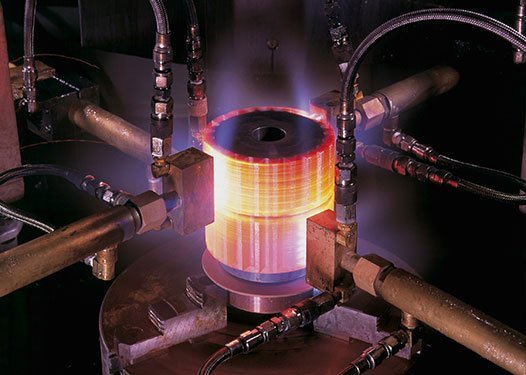
Heating metal to a temperature below its critical point to lessen the brittleness while not compromising the material’s hardness. Tempering is successful in alleviating stresses caused by quenching. Its outcome comes with a component that has perfect combinations of firmness, toughness, and durability.
Case Hardening
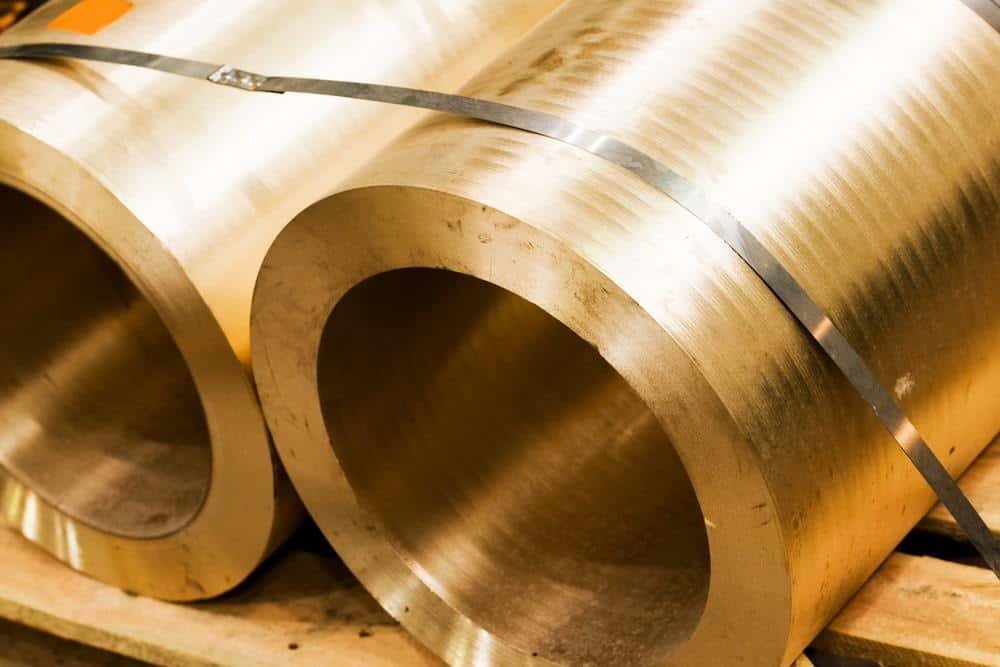
One of the most capable when it comes to longevity. It is a process that applies an immensely thin coating of metal to the component’s external layer. This can decrease tear and wear, as well as improve the hardiness of the part’s surface.
Nitriding: Metal is being heated to a high temperature, then exposing it to nitrogen to enhance its stiffness and resistance.
Carburizing: it is where the carbon is being added to the component, also known for improving a substrate’s mechanical qualities. The carbon goes through the metal and makes it even stronger.
Normalizing
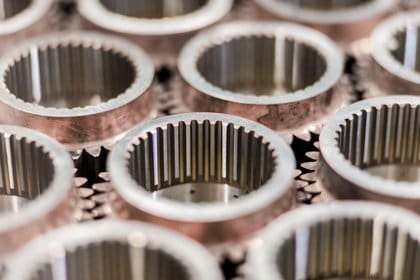
Known for reducing stress created by such processes as quenching, casting, etc. Same as annealing, this kind of procedure makes the steel more malleable and tough. Warming the material to its critical temperature then let it cool down at room temperature until the alteration happens.
Aging

This kind of process meets the high level of quality and perfection of a material that can match the standards of extra detailed specifications. It is where a temperature is elevated to alter an alloy’s properties. Mainly used to develop the strength of pliable metals.
Stress Relieving
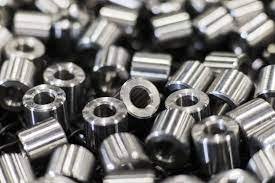
Stress-relieving is where metal is being put through a temperature that is under its crucial border, the cooling procedure is done right after. It is typically implemented to relieve stresses from the prior processes that have been done on the component (welding, machining, forming, etc.).
Vacuum Heat Treatment
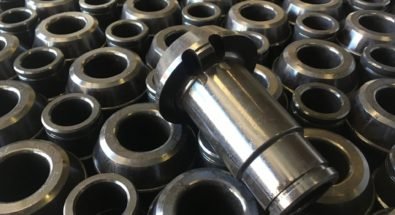
Vacuum heat treatment helps components to endure environments that have a high level of heat and more material stresses. It is usually applied in industries like aerospace, especially for exhausts and engines parts. Parts are stronger and firmer when processed with vacuum heat treatment.

